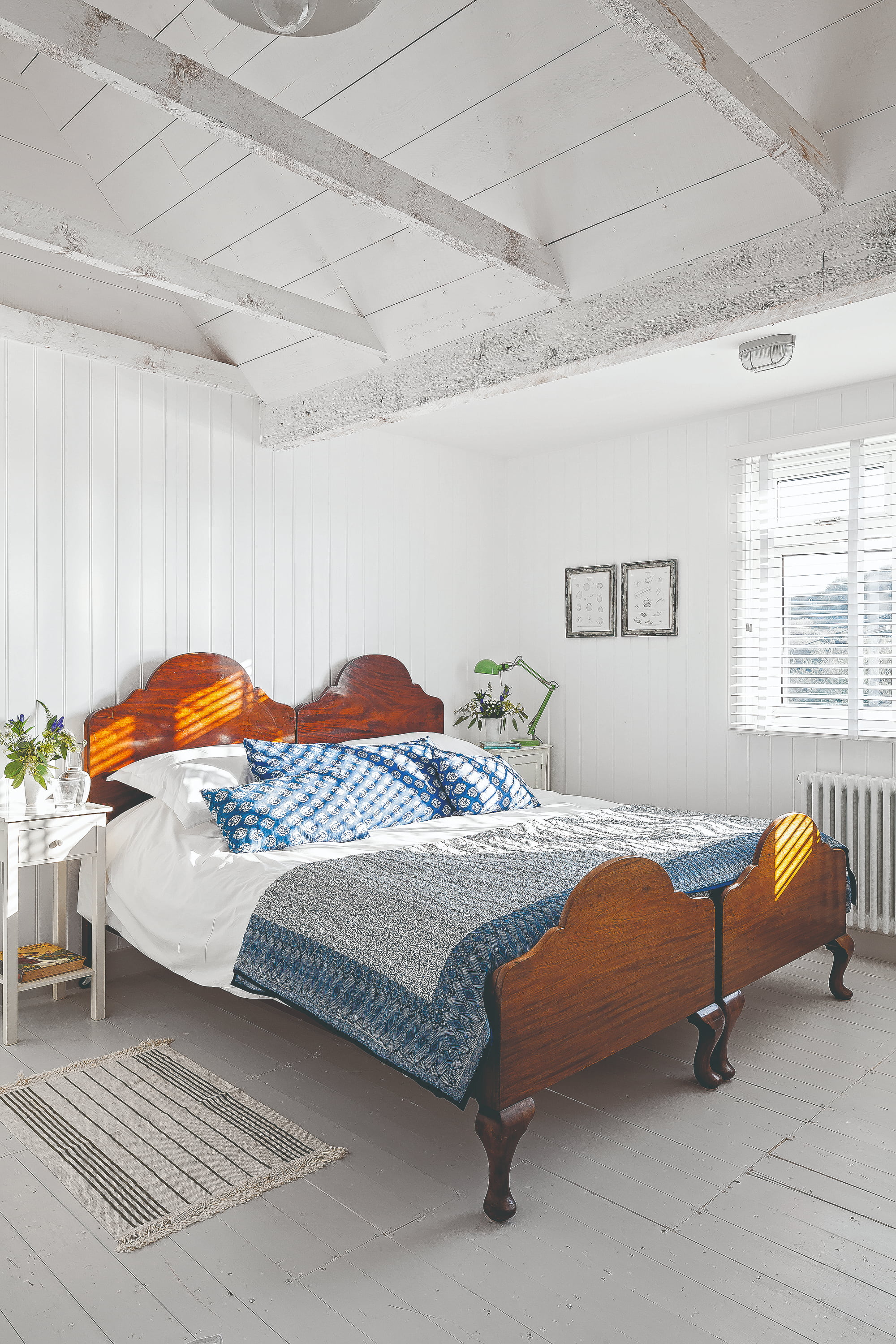
Dealing with mold can be daunting, especially when it appears on ceilings, where it can be more difficult to reach and remove. While this task may be challenging, combating mold growth as soon as you spot the early signs is essential for the structural soundness and safety of your home.
Luckily, our experts have outlined the easy-to-tackle steps to get rid of mold from ceilings and strategies to inhibit its growth in the future to give you peace of mind.
From identifying the root cause of the mold to utilizing the right cleaning tips and preventative measures, following this guide can help you reclaim a mold-free and healthy living space.
How to remove mold from ceilings
Not all mold situations are created equal, and they can't all be handled with DIY methods. However, if the affected area is relatively small, under 10 square feet or so, you should be able to handle it yourself with the right cleaning solutions.
Below, our cleaning and mold experts have explained eight key steps to remove mold from ceilings.
A step-by-step guide to removing ceiling mold

1. Identify the cause
'Before you start removing the mold, it's crucial to identify and address the underlying cause,' advises Michael Golubev, CEO of Mold Busters. 'This could be due to a leaky roof, poor ventilation, or high humidity levels in your home.'
Addressing these issues will not only help remove the existing mold but also prevent it from returning. Depending on what you determine the issue to be, you may need to fix a ceiling leak, improve ventilation, or reduce your home's humidity levels.
2. Protect yourself
Mold can be harmful to your health, so it's important to take safety precautions before you attempt to remove it from your ceilings.
Mold can release spores that can be harmful when inhaled, so it's essential to wear a mask, open windows, or use a fan to ensure proper ventilation while cleaning. You should also wear protective gear such as gloves and goggles to protect yourself from mold spores. This Glove and Googles Kit from Walmart should do the trick.
3. Prepare the area
'Removing mold from ceilings requires a careful approach to avoid spreading spores or damaging the surface. To avoid spreading mold spores to other areas of the room, make sure to seal off the affected area by covering the floors and furniture with plastic sheeting,' advises Michael Golubev.
4. Clean with a mold-killing solution

'There are several cleaning solutions you can use to remove mold from ceilings,' says operations manager at Spekless Cleaning, Karina Toner. 'One effective option is to mix water and detergent in a spray bottle and spray it onto the affected area. This solution helps to loosen the mold, making it easier to remove. Alternatively, you can use a commercial mold remover.' This RMR-86 instant mold and mildew stain remover formula is a best seller on Amazon.
Another method is to use vinegar to kill mold. Vinegar's acetic acid makes it a powerful mold-killer. In a spray bottle, create a solution of equal parts water and white vinegar. Generously mist the moldy area, then let it sit for 15-20 minutes before wiping clean.
Avoid using bleach to kill mold, as it can be ineffective on porous surfaces and may pose health risks.
5. Scrub the area
'Once you've applied the cleaning solution and let it sit, use a brush or sponge to gently scrub the moldy area,' recommends Karina Toner. 'Be thorough but avoid scrubbing too hard, as this can damage the ceiling.
For stubborn mold, you may need to repeat this process several times.
6. Rinse the area and allow it to dry
Use a clean cloth with water to rinse off the cleaning solution and any remaining mold residue. Be sure to rinse the cloth so as not to soak the ceiling.
'After cleaning, it's essential to thoroughly dry the area to prevent mold from returning,' says Michael Golubev. 'Use a dehumidifier or fans and open windows to speed up the drying process.
Ensure the area is completely dry before repainting or applying any finishes.
How to prevent further mold growth on ceilings

Once the area is completely dry, it is a good idea to repaint the affected area with mold-resistant primer and paint to prevent future mold growth.
Essential oils like tea tree oil, lavender oil, and eucalyptus oil have natural antimicrobial properties that can help inhibit mold growth. Additionally, cinnamon can be used to prevent mold growth.
FAQs
When should you hire a professional to remove ceiling mold?
'If the mold covers more than 1 square foot, we strongly advise that you do not try to remove the mold yourself,' says Melanie Ortegon, director of marketing for Cleaner Guys. 'This is because mold usually roots and spreads much more deeply than you can see. If your mold spreads further than 1 square foot, no home remedy like vinegar or bleach will penetrate deeply enough to kill all of the mold.
'The only 100% foolproof way to kill mold that has spread more than 1 square foot is to hire a certified mold removal company to remove it immediately. Attempting to remove it yourself could compromise your health because if it is not contained, removed, and sanitized with the proper equipment, it may make you sick or spread further into the property.'
After cleaning mold from your ceiling, keep an eye on the treated areas to ensure the mold does not return. If you notice signs of mold regrowth, repeat the cleaning process. Remember, the best way to deal with mold is to prevent it.







